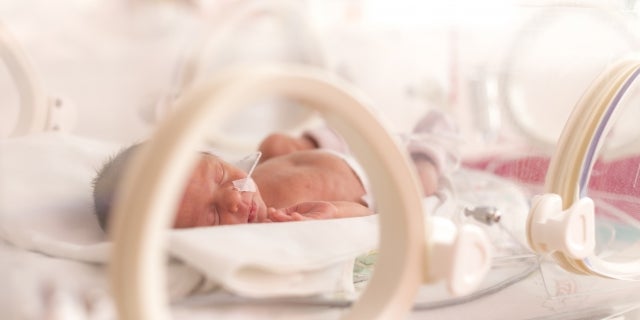Preterm labor and premature birth is a reality for families across the nation. An estimated 15 million babies are born too early every year - this is more than 1 in 10 babies. Preterm birth is the leading cause of neonatal mortality and the most common reason for prenatal hospitalization.
“Prematurity is a term for the broad category of neonates born at less than 37 weeks' gestation,” said Parker Simon, D.O., neonatologist at Peggy V. Helmerich Women's Health Center at Hillcrest Medical Center.
Gestation is the period of development between conception and birth and is typically 40 weeks in length.
There are sub-categories of preterm birth, based on gestational age:
- Extremely preterm (less than 28 weeks)
- Very preterm (28 to 32 weeks)
- Moderate to late preterm (32 to 37 weeks)
“Most premature babies are born between 32 and 37 weeks and many die for lack of simple, essential care such as warmth and feeding support,” Simon said. “About 10 percent of preterm babies are born between 28 to 32 weeks gestation. Fewer than 5 percent of babies are born earlier than 28 weeks.”
To stop premature labor, pregnant women need to know the warning signs, according to Simon.
The signs of premature labor include contractions before 37 weeks, flu-like symptoms such as nausea, vomiting or diarrhea, increased vaginal discharge, vaginal bleeding, increased pelvic pressure or consistent back pain and cramping. Women experiencing these signs of preterm labor should contact their health care provider immediately.
At the Peggy V. Helmerich Women's Health Center Neonatal Intensive Care Unit (NICU), our board-certified neonatologists lead a multi-disciplinary team who work together to provide the best care available for babies requiring medical attention in the NICU.
“We have been caring for high-risk premature babies since the 1980s,” Simon said.
In the event that your baby is born prematurely or needs special care, our state-of-the-art NICU is here to serve you. Click here to learn more.

